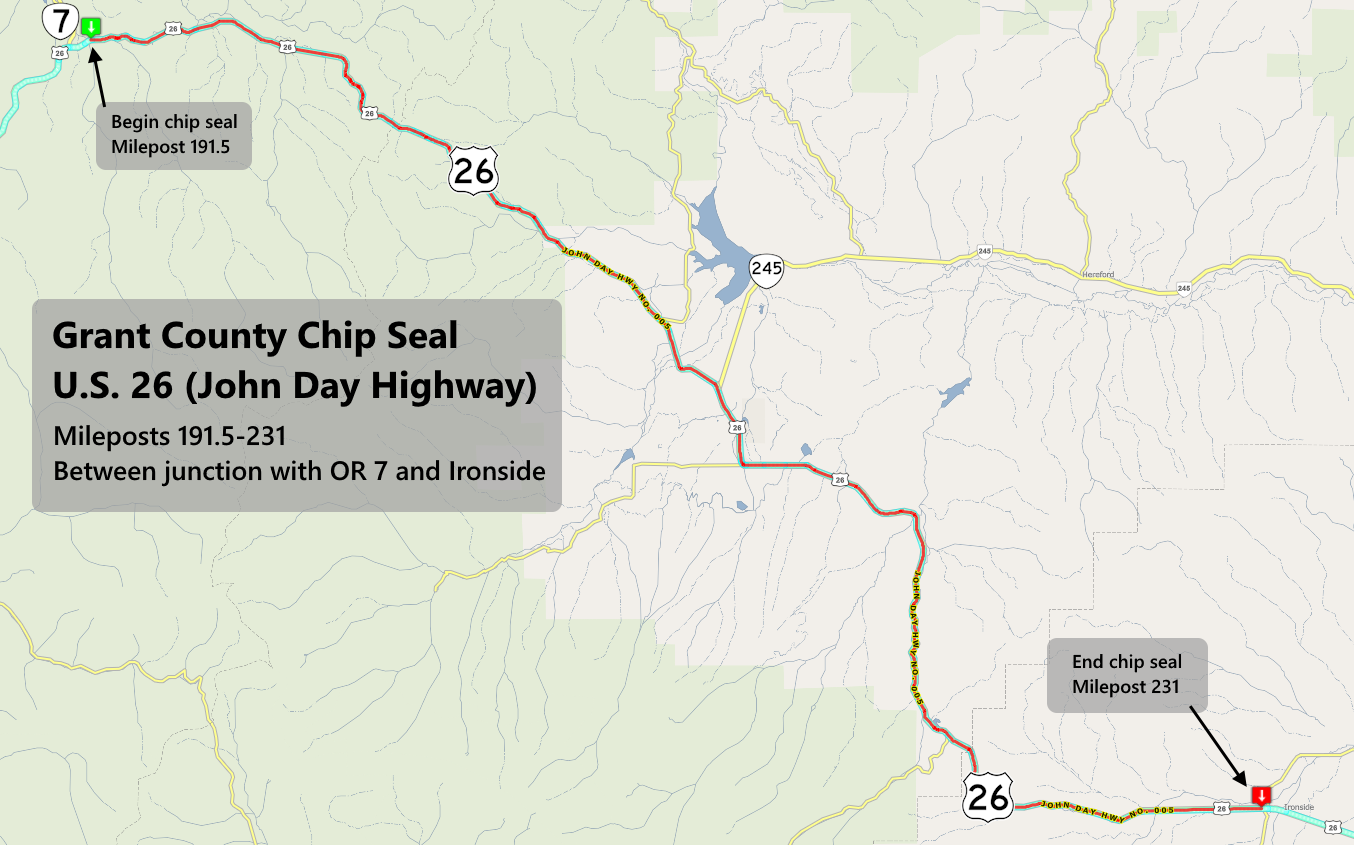Western Innovator: Understanding the Pandora moth
Published 9:00 am Thursday, December 23, 2021

- Pandora pine moths that were attracted to a light setup in Central Oregon in 2019.
MOSCOW, Idaho — Chris Hamilton is investigating why the Pandora pine moth is moving north into Idaho and Washington state.
The moth doesn’t kill a conifer, but it can strip a tree’s needles, weaken its immune system and make it more vulnerable to diseases or other pests such as pine beetles.
“The issue is that the Pandora moth from time to time has massive population explosions,” said the University of Idaho’s Hamilton.
He, his lab manager and a graduate student in March will start a two-year project funded by an approximately $250,000 USDA grant. They will explore whether climate change is a factor in the northward expansion of the Pandora moth’s range.
Hamilton, an evolutionary biologist, is interested in why populations spike. A current big increase appears to have started in the summer of 2019 in Central Oregon just east of the Cascade Range.
He arrived at UI in 2018. He had been studying organisms that had a Northwest presence — a factor in the pivot to Pandora moths.
As a traditional biologist and taxonomist, “I had different questions,” Hamilton said.
“One of our jobs is investigating the genomes of these organisms to see if we can find links in the genome that tell us why or how they are producing these huge explosions,” he said.
Pandora moths are native and have natural predators. The big moths are found from the Rocky Mountains west. Preliminary data indicate moths recently found in Idaho and Washington state come from outbreak-prone populations.
“It appears it is only the northern populations that have this outbreaking ability,” Hamilton said.
One of the study’s goals is to produce genomic data so that “in the future, someone can use that data to target genomic regions and help mitigate these outbreaks,” he said.
For example, “once we have this understanding of the genome, then we can take action to apply modern pest management strategies to stop or slow down these outbreaks,” Hamilton said.
Data gathered in the next two years may prompt a larger follow-up project exploring strategies to better understand Pandora moth outbreaks and how to mitigate damage.
“Now, we are trying to build the foundational aspect of it,” Hamilton said.
Hamilton specializes in spiders and moths. His lab establishes data-driven hypotheses about generating and maintaining biodiversity. It is part of UI’s Arthropod Molecular Systematics Lab.
Hamilton is a researcher and extension specialist. His extension appointment focuses on K-12 science, technology, engineering and math education and outreach. Part of this work is with students who belong to tribes.
Native Americans are underrepresented in the sciences, and “my goal is to stimulate that and get more kids interested in the sciences, and biology,” he said. He is a member of the Chickasaw Nation of Oklahoma.
Understanding DNA and the genome can provide a strong base on which students can build their knowledge of the world around them, Hamilton said. It can add to their understanding and perspective on everything from organisms, forests, fisheries and farms to human health and medicine.
Genomics, the study of genes in an organism’s complete DNA set, “is a way to grab students’ attention and get them interested in the sciences,” he said. “They can bring this knowledge back to the tribe so the tribe benefits from it and can apply it to their natural resources work.”
Title: Assistant professor and extension specialist, University of Idaho College of Agricultural and Life Sciences, Department of Entomology, Plant Pathology and Nematology.
Education: B.A., photojournalism, Western Kentucky University; M.S., biology, University of Texas at Arlington; Ph.D., evolutionary biology, Auburn University.
Other organizations: Systematics, Evolution & Biodiversity Section president, Entomological Society of America.
Age: 45
Hometown: Kansas City, Kan. Lives in Moscow, Idaho.
Family: Married to Amy Skibiel, UI animal, veterinary and food sciences assistant professor.
Hobbies: Playing hockey, upland bird hunting, fishing. Soccer fan.






